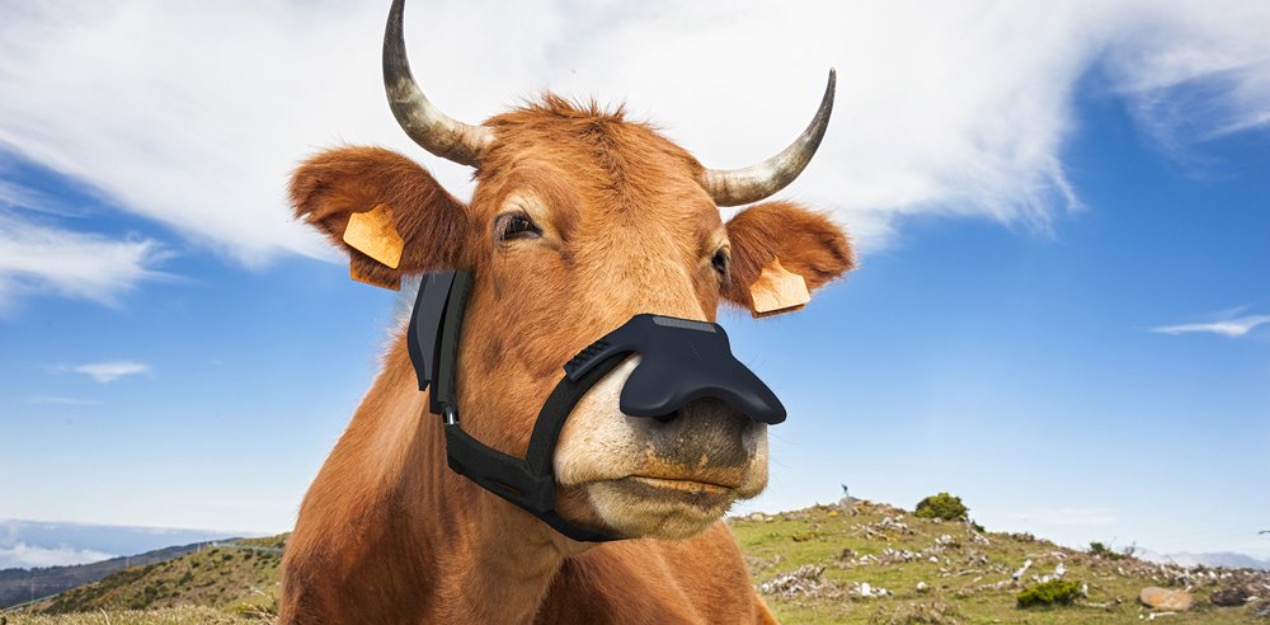AÑO
2023
CATEGORÍA
Trabajo
OBJETIVOS
Salud y bienestar, Energía asequible y no contaminante, Ciudades y comunidades sostenibles, Producción y consumo responsables
PAL. CLAVE
oil spils, Environmental Impact, Pollution reduction
PAÍS
Congo
CRÉDITOS
Divin Kouebatouka
LINK
https://www.raeng.org.uk/global/sustainable-development/africa-prize/current-and-recent-awardees/2022#kukia
Kukia
Kukia is an absorbent fibre used to clean up oil spills on both land and water and stop oil leaks
How does it work?
The invasive water hyacinth plant clogs up waterways and restricts fishing. By paying for its collection, Kukia also provides employment to mostly women in surrounding communities. The fibre production process itself creates further employment. The parts of the plant that aren’t useful for the fibre are used elsewhere - roots are composted and leaves are turned into animal feed. Once the stem fibre has been used on an oil spill or leak, it can be repurposed as a fuel source by cement factories.
The stems are dried, crushed, ground into a fine powder and then turned into a highly absorptive fibre that can be used to suck up oil on the ground, draw in oil spilled on water, or temporarily plug an oil leak in a barrel or other container.
Why is it needed?
The Republic of the Congo is a major hydrocarbon producer, with an estimated 10% share in the global oil and fuel market. Oil spills are also common in industrial processes, the automotive and shipping industries, and anywhere hydraulic systems are used.
How does it improve life?
Kukia turned a botanical problem into a solution for an environmental challenge, creating employment and skills development along the way.





